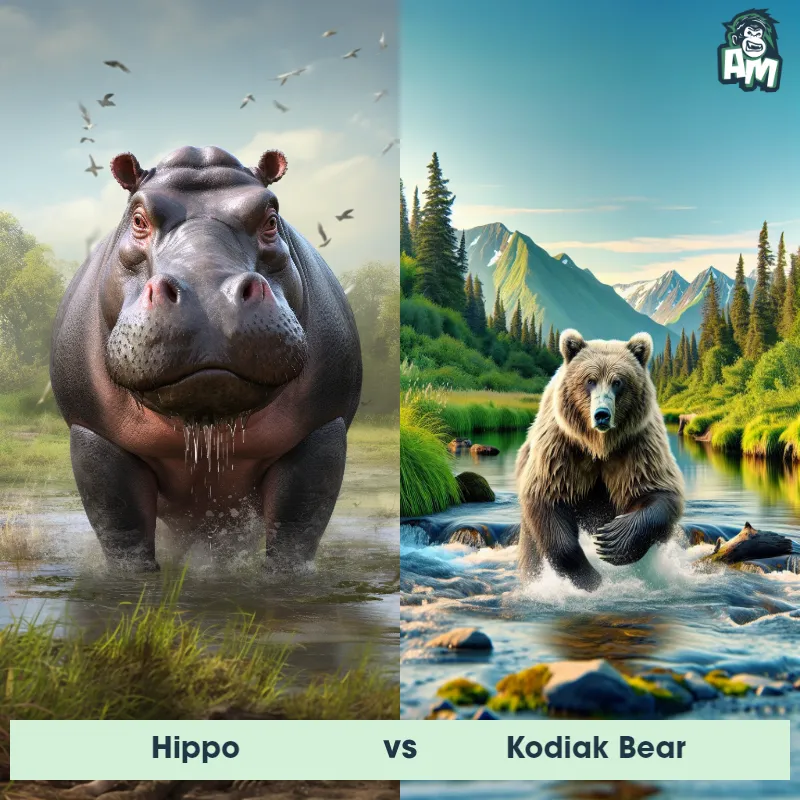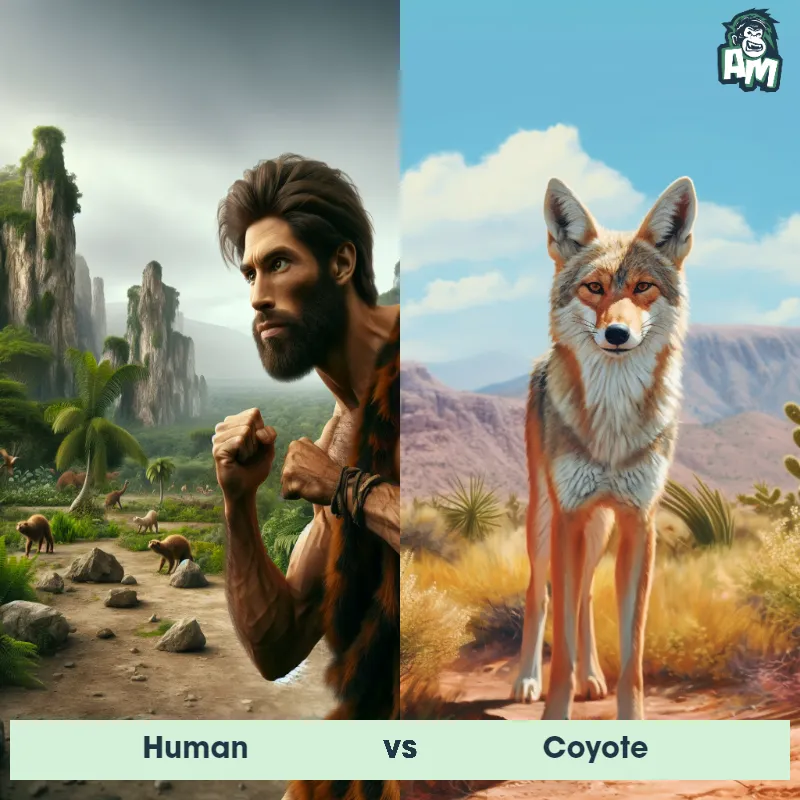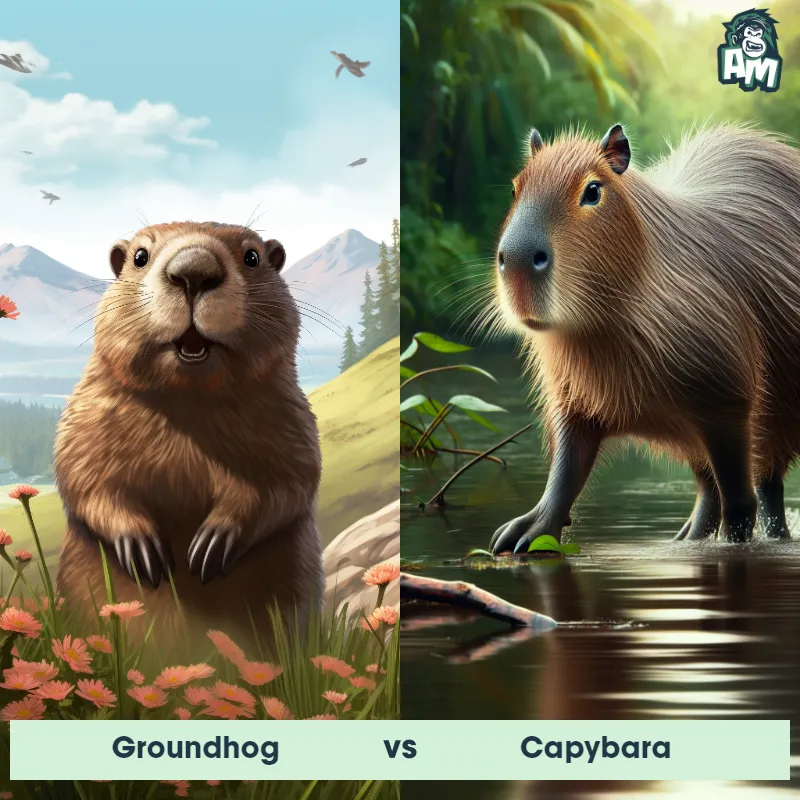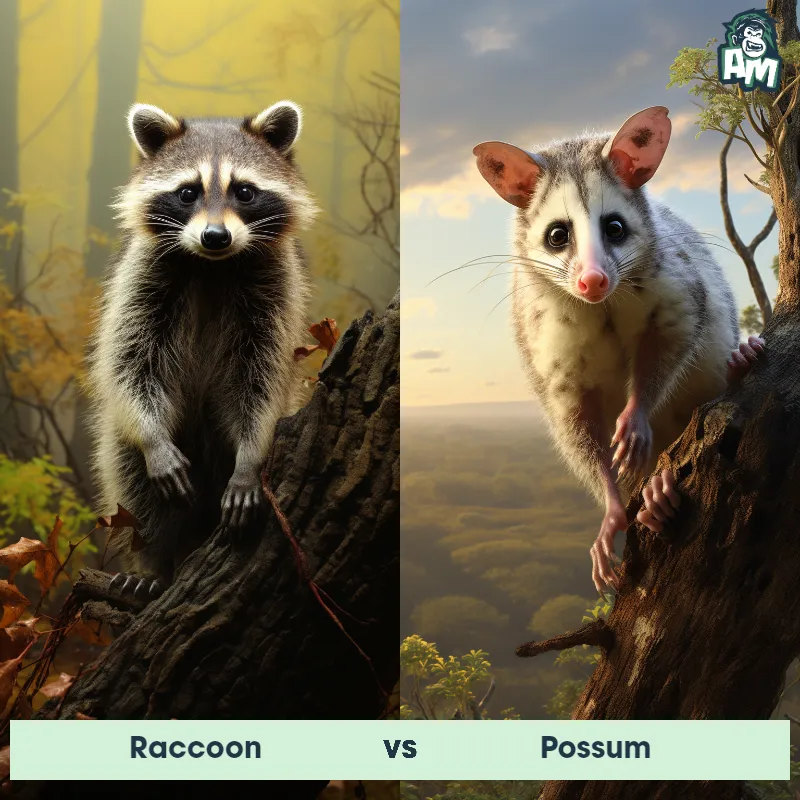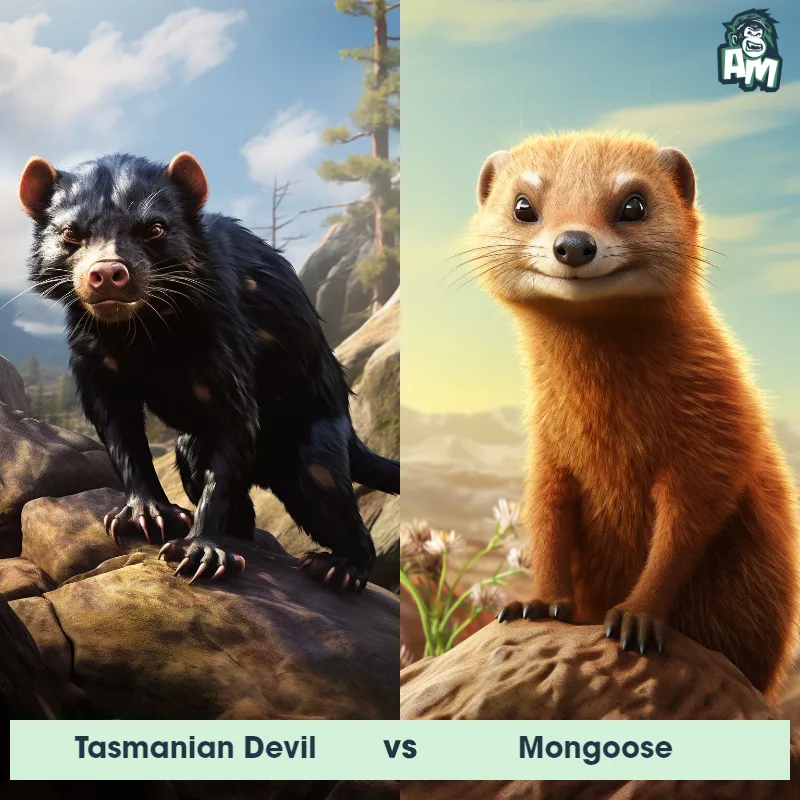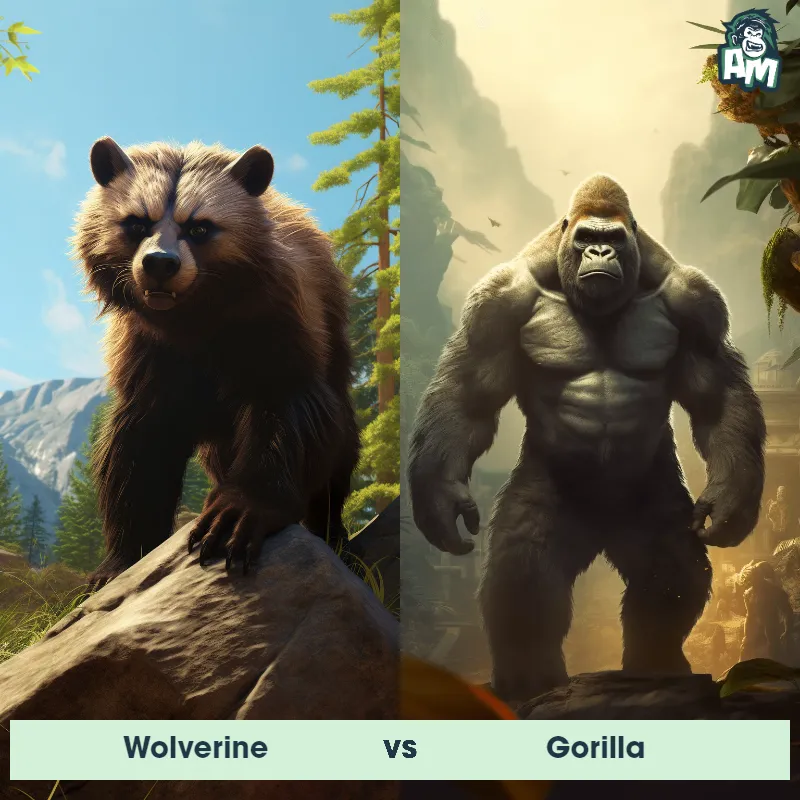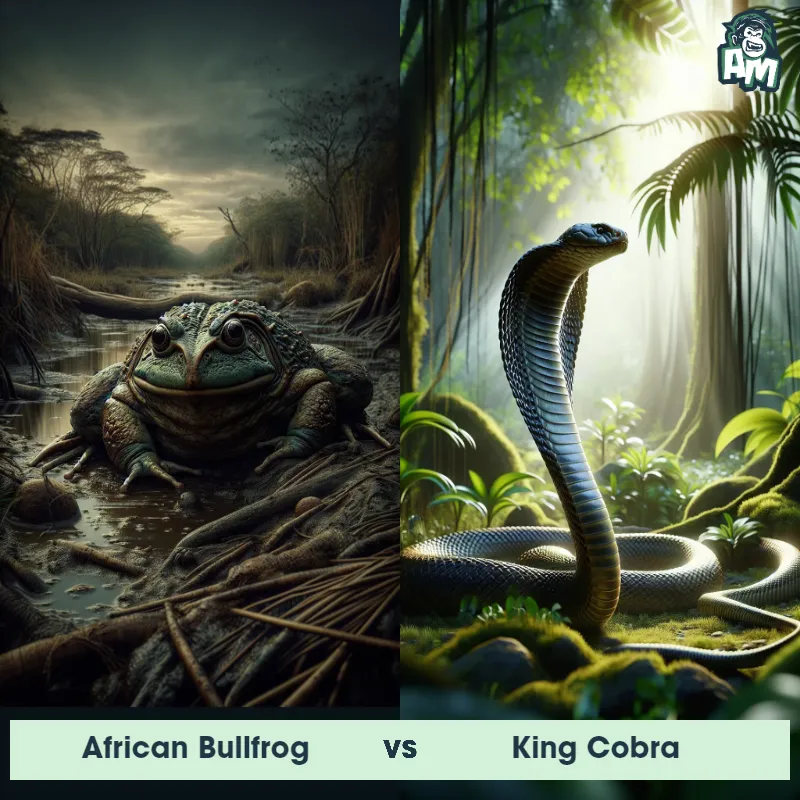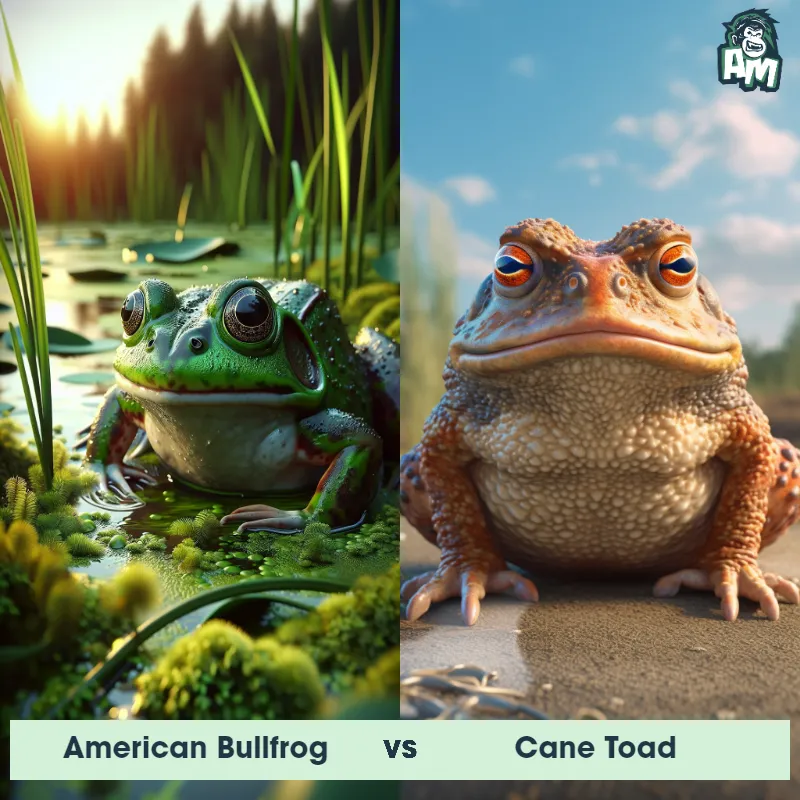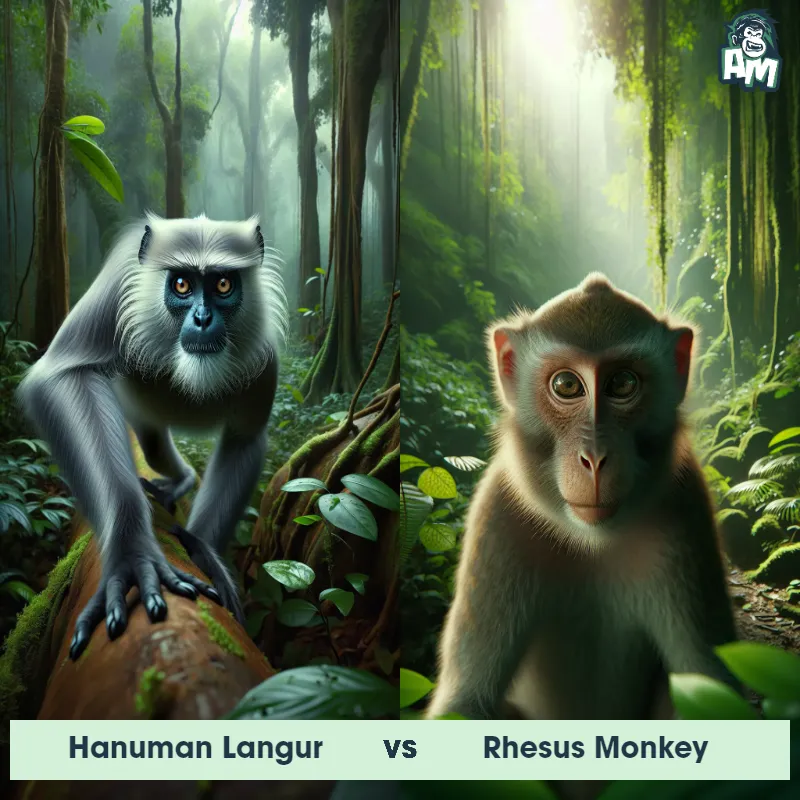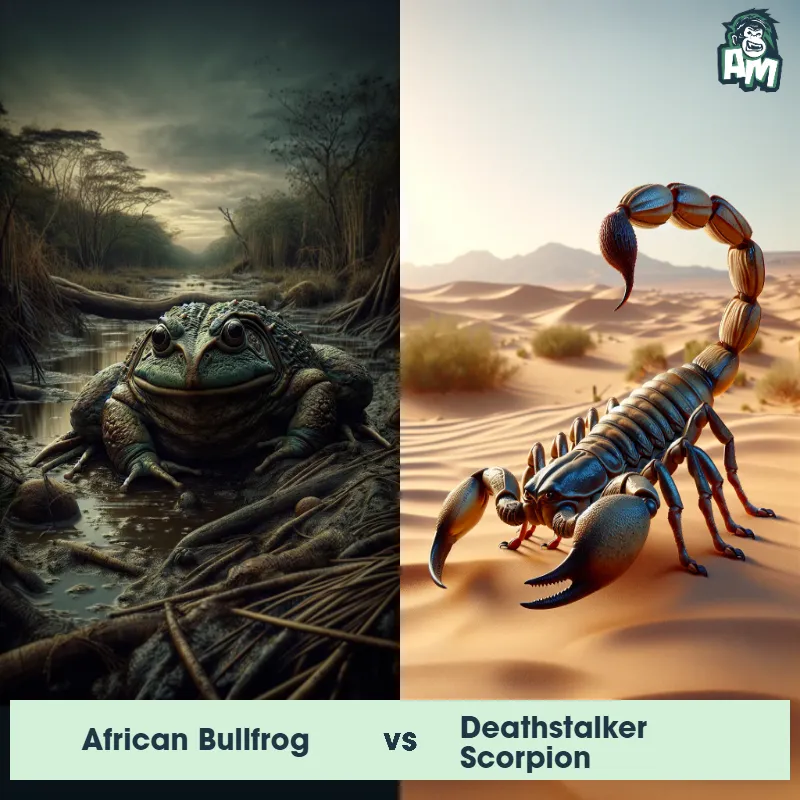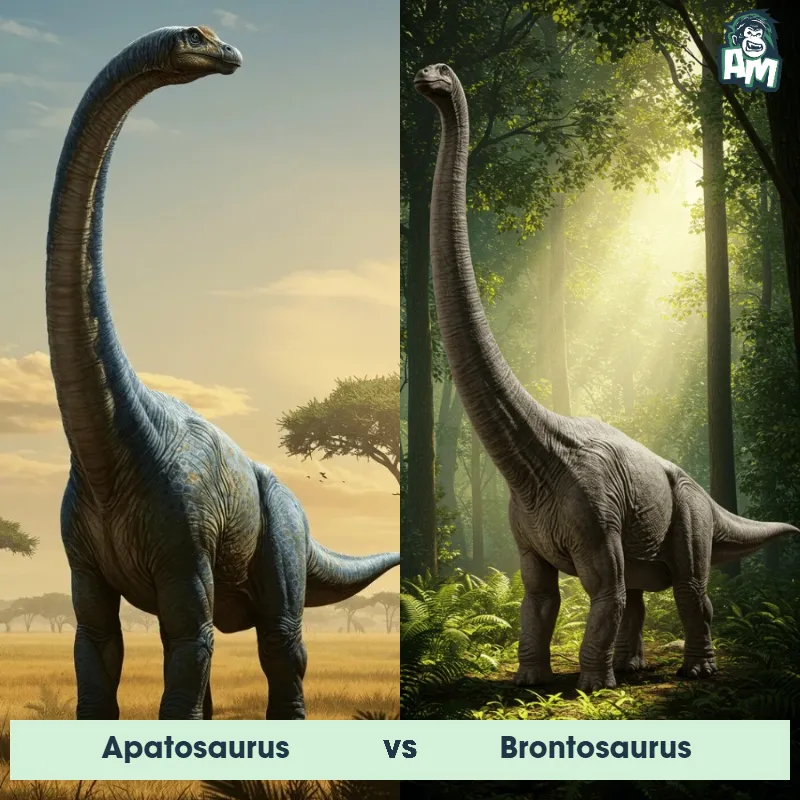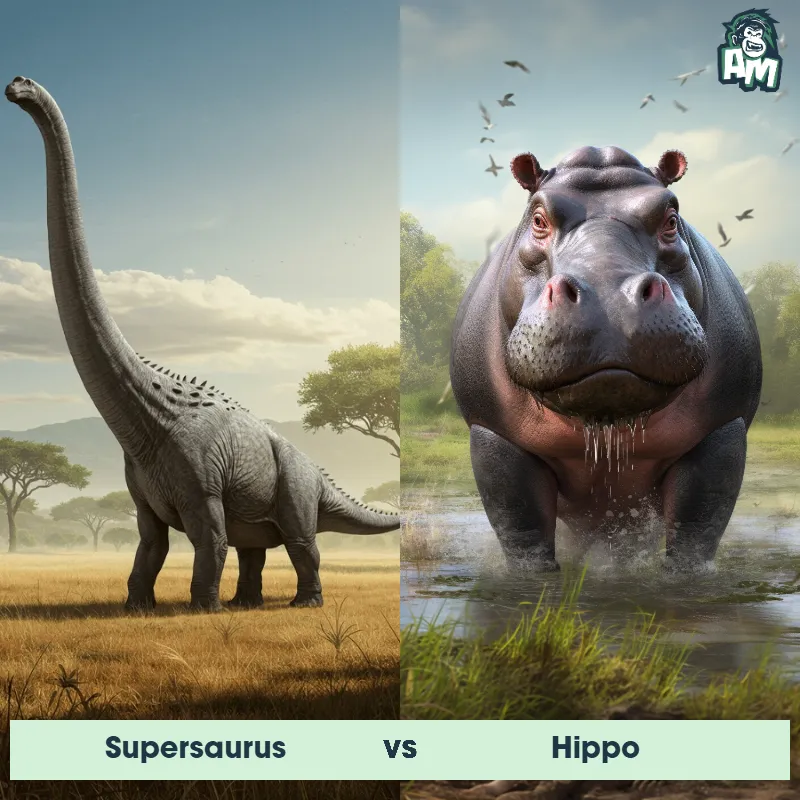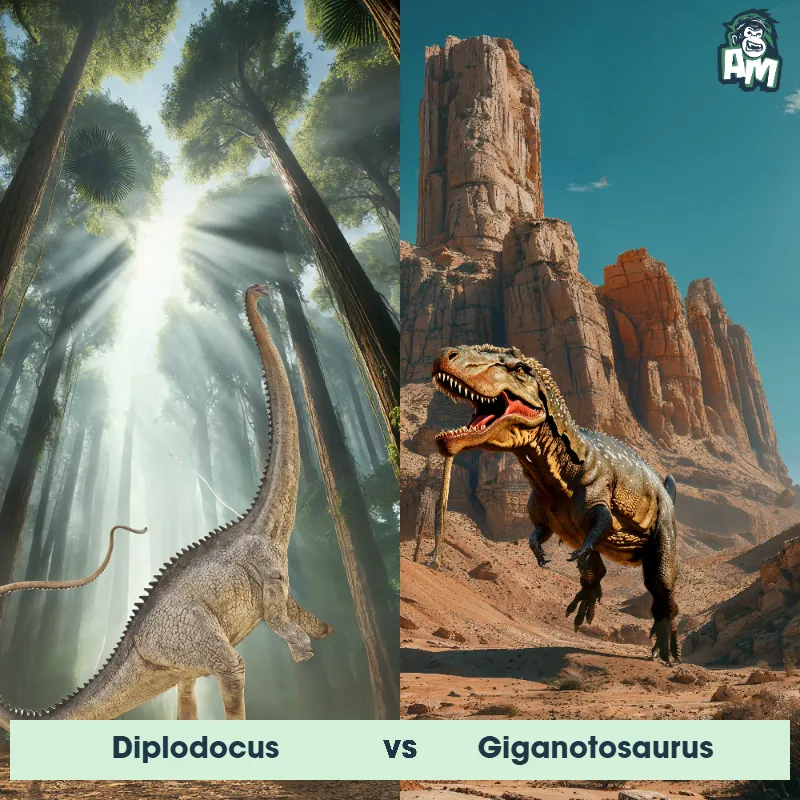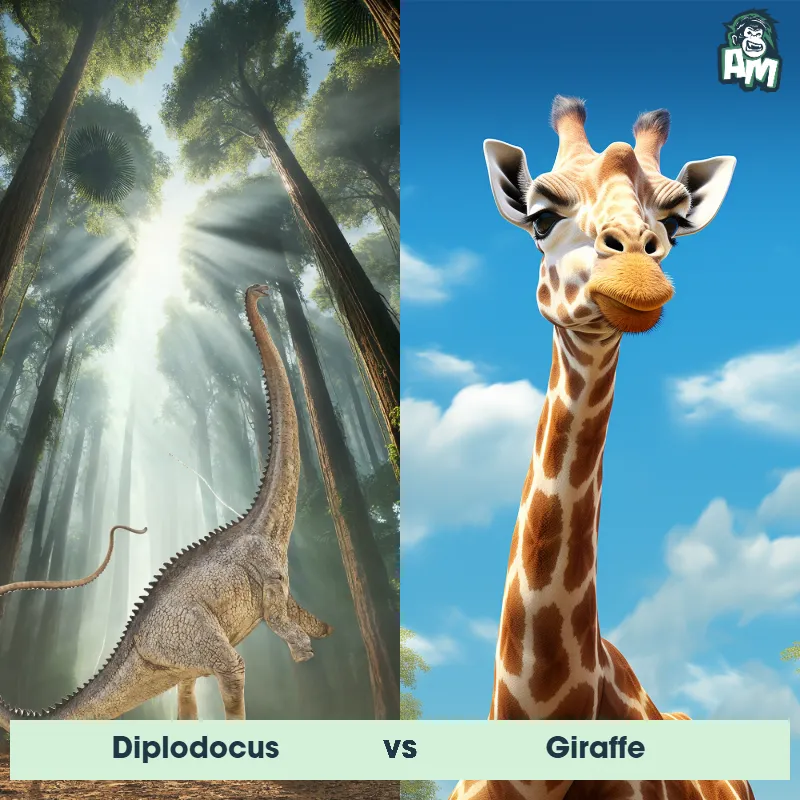Dilophosaurus vs DiplodocusSee Who Wins
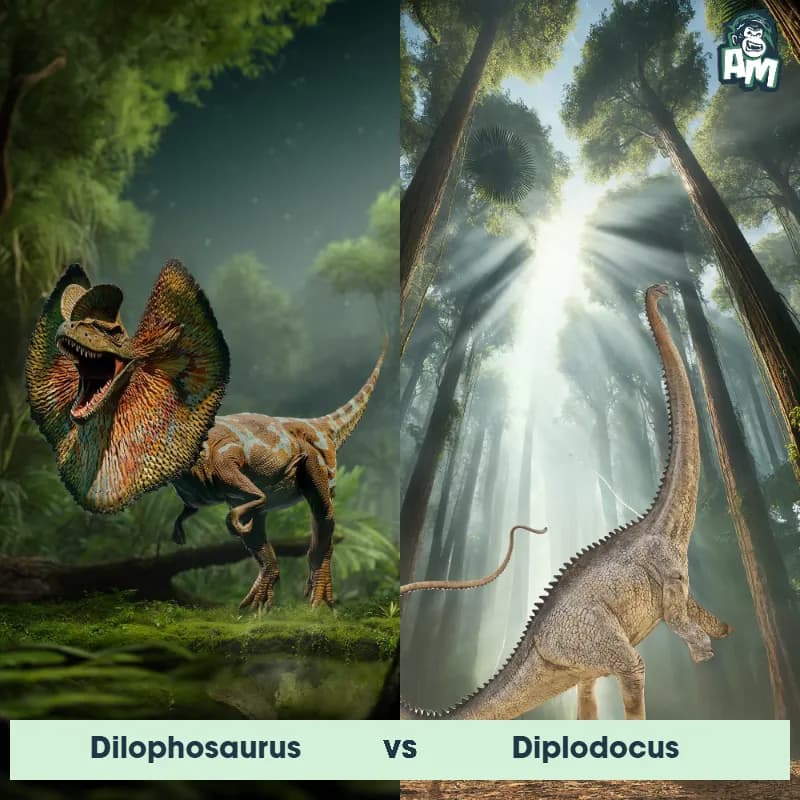
The atmosphere is electric as the two giants stand face to face. In one corner, the agile predator, the Dilophosaurus, known for its speed and cunning. In the opposite corner, the colossal Diplodocus, formidable in size and strength. The crowd is on its feet for this prehistoric showdown!
Contender 1: Dilophosaurus
The Dilophosaurus, a dinosaur from the Early Jurassic period, was a carnivorous theropod known for its prominent double crests on its head, long slender legs, sharp teeth, and slender body. It had a typical length of around 20 feet and walked on two legs, using its speed and agility to hunt smaller prey.
Fun Fact: The Dilophosaurus is thought to have been one of the first dinosaurs to evolve crests on its head, which were likely used for display purposes rather than practical functions.
Contender 2: Diplodocus
The Diplodocus, a herbivorous dinosaur from the Late Jurassic period, is known for its long neck, whip-like tail, and sturdy legs. It could reach lengths of up to 90 feet and weigh as much as 12 tons. Despite its massive size, its skull was small and light, with peg-like teeth for stripping leaves off branches.
Fun Fact: One fun fact about Diplodocus is that it is estimated to have had a heart weighing around 600 pounds to supply blood to its large body.
Matchup Stats
| Dilophosaurus | Diplodocus | |
|---|---|---|
| Size | Approximately 20 feet (6 meters) long | 90 feet (27.4 meters) |
| Weight | Around 1,000 pounds (450 kilograms) | 12 tons (10,886 kilograms) |
| Speed | 25-30mph (40-48km/h) | 10 - 15 mph (16 - 24 km/h) |
| Key Strength | Speed and agility | Tail whip |
| Biggest Weakness | Size and physical strength | Small skull and teeth |
Current Votes
Dilophosaurus vs Diplodocus
See Who Wins
View More Matches
Looking For More?
Similar Matches
Scientific Stats
| Dilophosaurus | Diplodocus | |
|---|---|---|
| Scientific Name | Dilophosaurus wetherilli | Diplodocus |
| Family | Dilophosauridae | Diplodocidae |
| Habitat | Woodlands and open areas | Forests |
| Geography | North America | North America |
| Diet | Carnivorous | Herbivore |
| Lifespan | 20 years - 30 years | 70 years - 100 years |
Key Differences between Dilophosaurus and Diplodocus
- Skull Design: Dilophosaurus had a distinctive double-crested skull, while Diplodocus had a long, narrow skull without crests.
- Neck: Diplodocus had an extremely long neck, forming a significant part of its body length, unlike the much shorter neck of Dilophosaurus.
- Teeth: Dilophosaurus possessed serrated, curved teeth for a carnivorous diet, in contrast to Diplodocus, which had peg-like teeth suited for a herbivorous diet.
- Posture: Diplodocus walked on four legs with a horizontal posture, whereas Dilophosaurus was bipedal, walking on its hind legs.
- Size: Diplodocus was much larger, reaching lengths of up to 85 feet, whereas Dilophosaurus was smaller, around 20 feet long.
- Tail: Diplodocus had a long, whip-like tail that matched the length of its neck, while Dilophosaurus had a shorter, thicker tail.



